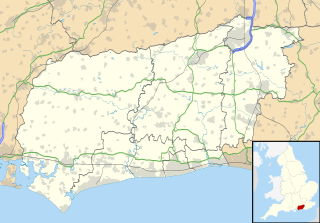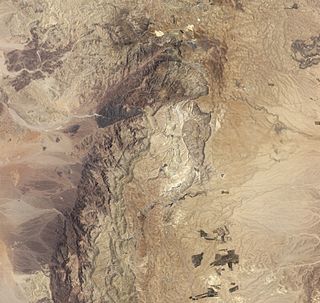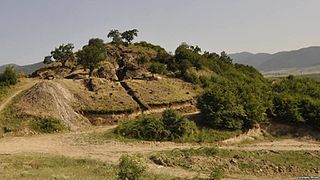 W
WBlackpatch is an archaeological site in West Sussex, England, about 2 miles (3.2 km) west of the village of Findon and about 3 miles (4.8 km) north-west of Worthing.
 W
WChurch Hill is an archaeological site, of the Neolithic and Bronze Age periods, in West Sussex, England. It is on the South Downs near the village of Findon and about 3 miles (4.8 km) north-west of Worthing. It is a scheduled monument.
 W
WGrime's Graves is a large Neolithic flint mining complex in Norfolk, England. It lies 8 km (5.0 mi) north east from Brandon, Suffolk in the East of England. It was worked between c. 2600 and c. 2300 BC, although production may have continued well into the Bronze and Iron Ages owing to the low cost of flint compared with metals. Flint was much in demand for making polished stone axes in the Neolithic period. Much later, when flint had been replaced by metal tools, flint nodules were in demand for other uses, such as for building and as strikers for muskets.
 W
WHarrow Hill is an archaeological site in West Sussex, England. It is on the South Downs about 3 miles (5 km) north of the village of Angmering and 5 miles (8 km) north-west of Worthing.
 W
WKhirbat en-Nahas — or Khirbet en Nahas — is one of the largest copper mining and smelting sites of the ancient world, built around 3,000 years ago. It is located in Wadi Faynan, between the Dead Sea and the Gulf of Aqaba, now in Jordan. There is evidence for sophisticated economic and political activity in the valley about 3,000 years ago and archaeologists think it may be the site of an early organized state.
 W
WThe Neolithic flint mines of Spiennes are among the largest and earliest Neolithic flint mines which survive in north-western Europe, located close to the Walloon village of Spiennes, southeast of Mons, Belgium. The mines were active during the mid and late Neolithic between 4,300 and 2,200 BC. Declared to be "remarkable for the diversity of technological solutions used for extraction" the site and its surroundings were inducted into the UNESCO's list of World Heritage Sites in 2000.
 W
WSakdrisi, also known as the Sakdrisi-Kachagiani site (საყდრისი-ყაჩაღიანი), is a gold mine and an archaeological site, containing a prehistoric mine, in Georgia, in the south of the country's Kvemo Kartli region, located between the Neolithic site of Arukhlo and the Paleolithic site of Dmanisi.